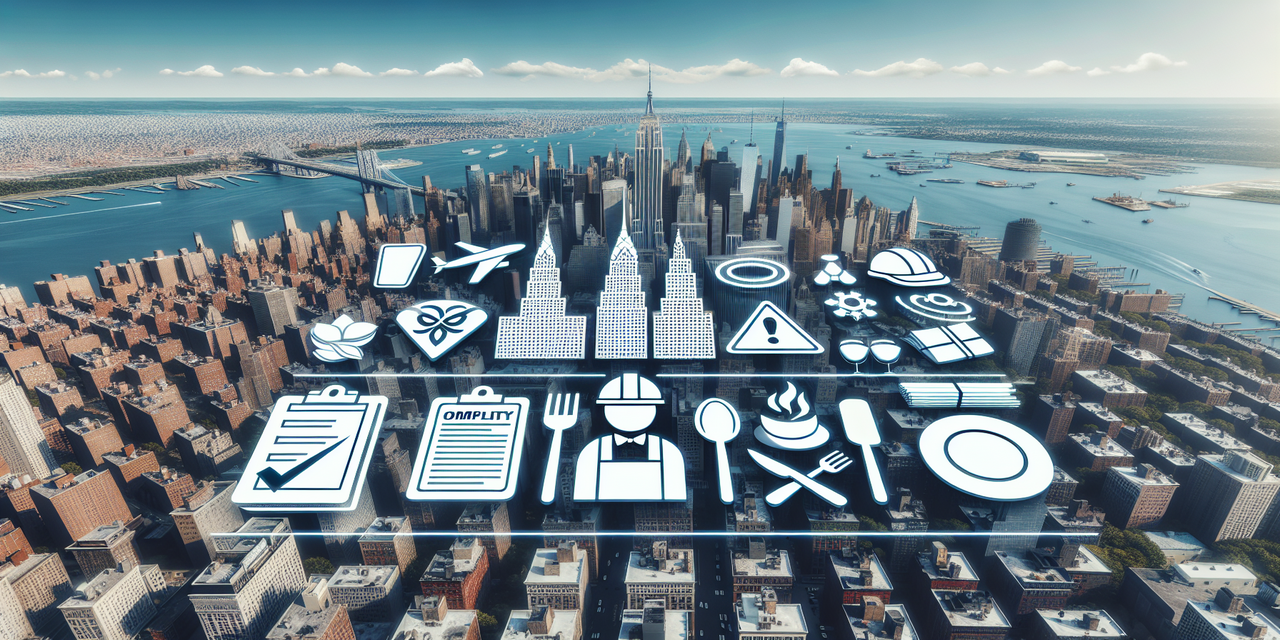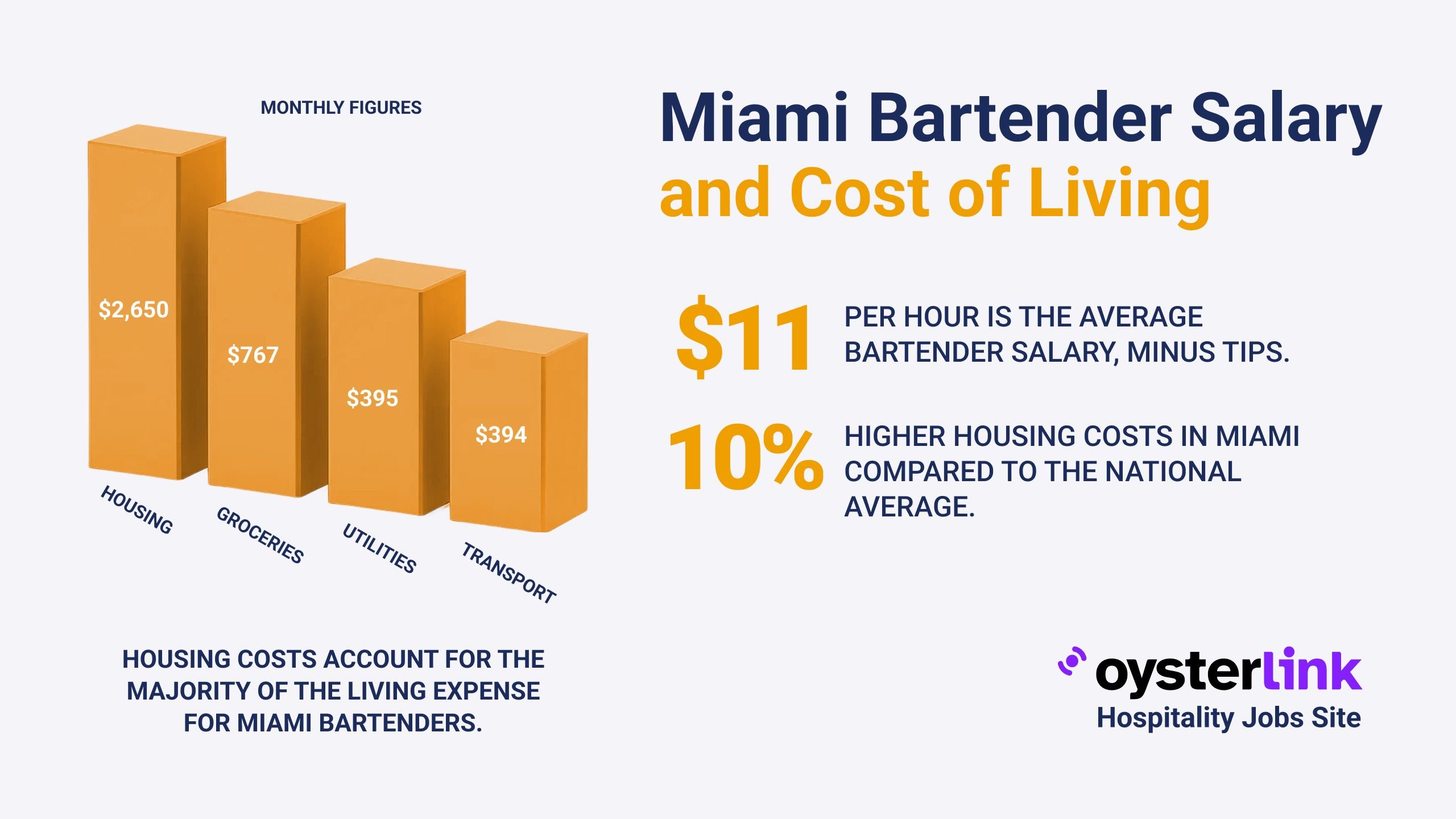New York OSHA Compliance Checklist for Restaurant Employers: Key Takeaways
- New York restaurant employers must maintain chemical safety with labeled containers and accessible Safety Data Sheets (SDS).
- Emergency preparedness requires an action plan, drills, and proper emergency equipment like fire extinguishers and first aid kits.
- Employers must provide and train employees on the use of Personal Protective Equipment (PPE) such as gloves, aprons, and slip-resistant shoes.
Ensuring OSHA compliance in New York restaurants is critical to creating a safe workplace for staff and customers.
This checklist offers an overview of key federal and state safety requirements tailored for restaurant employers.
For employers looking to streamline their hiring process, restaurant staff hiring strategies can be very beneficial.
1. Hazard Communication in New York Restaurants
Restaurants in New York must systematically manage hazardous chemicals to comply with OSHA’s Hazard Communication Standard.
This includes maintaining an up-to-date inventory of all chemicals used, such as cleaning agents or pesticides.
Each chemical container must be clearly labeled with the identity of the chemical and appropriate hazard warnings to alert employees.
All employees must have easy access to Safety Data Sheets (SDS) that provide detailed safety information about each chemical.
Training programs are essential to educate employees on the proper handling, storage, and disposal of hazardous substances to prevent accidents or exposure.
Employers can benefit from server training manuals that include hazard communication and safety protocols relevant for restaurant roles.
2. Emergency Preparedness Requirements for Restaurant Employers in NY
Restaurants must develop a comprehensive Emergency Action Plan (EAP) tailored to risks such as fires, chemical spills, or natural disasters.
These plans should include clear procedures for evacuation, communication, and responsibilities during emergencies.
Regular training sessions and emergency drills help employees become familiar with evacuation routes and protocols, ensuring smooth responses when incidents occur.
Equipping the workplace with essential emergency supplies like fire extinguishers, first aid kits, and resuscitation masks is vital for readiness.
Guidance on HR policies for restaurants can support employers in developing proper emergency preparedness plans and compliance.
3. PPE Requirements for New York Restaurant Employers
Personal Protective Equipment (PPE) provisions must begin with an assessment of workplace hazards to identify necessary protective gear.
In restaurants, this often includes gloves to protect hands, aprons to shield clothing, and slip-resistant footwear to prevent falls.
Employers are responsible for providing PPE at no cost to employees and ensuring they are properly trained to use and maintain this equipment effectively.
Learn more about bartender health and safety, an example of specific PPE needs and protocols in hospitality jobs involving risks.
4. Sanitation and Hygiene Standards in NY Restaurants
Maintaining high sanitation levels safeguards employee health and food safety.
Restaurants must install and maintain handwashing stations that are easily accessible and stocked with soap and disposable towels.
Regular cleaning routines in kitchens, dining areas, and restrooms help prevent contamination and support a healthy environment.
See our guide on hygiene in hospitality for best practices to ensure sanitary conditions in hospitality workplaces.
5. Equipment and Machine Safety Compliance in NY Restaurants
Kitchen equipment requires regular inspection and maintenance to prevent malfunctions that could cause injuries or disruptions.
Employees must receive training on operating machinery safely, including using machine guards and adhering to operational protocols.
Proper use reduces the risk of cuts, burns, or electrical hazards common in busy restaurant environments.
For those managing kitchen safety, reviewing a kitchen manager job description can help understand the responsibilities involved in ensuring equipment compliance and safety.
6. Ergonomics and Injury Prevention in New York Restaurants
Workstation design should minimize repetitive motions and awkward postures that contribute to musculoskeletal disorders.
Training on safe lifting techniques helps employees avoid back injuries and strains when handling heavy items or moving stock.
7. Recordkeeping and Reporting Obligations for NY Restaurant Employers
The OSHA recordkeeping requirements include maintaining Forms 300, 300A, and 301 to log work-related injuries and illnesses accurately.
Employers must report workplace fatalities within eight hours and inpatient hospitalizations within 24 hours to OSHA to comply with federal regulations.
8. Employee Rights and Training Requirements Under NY OSHA
Workplace safety training must be provided in a language and vocabulary employees understand to ensure comprehension of hazards and procedures.
Employees have the right to report unsafe conditions or violations without fear of retaliation, known as whistleblower protection.
9. Compliance with New York State Regulations for Restaurant Safety
In addition to federal OSHA standards, New York restaurants must comply with the HERO Act, which requires an airborne infectious disease exposure prevention plan.
Establishments with 10 or more employees should facilitate the formation of joint labor-management safety committees to foster collaboration on safety matters.
New York OSHA Compliance Checklist Summary for Restaurant Employers
By following this checklist, restaurant employers in New York can create a culture of safety that protects employees and customers alike.
Key elements include chemical safety protocols, emergency planning, proper PPE use, sanitation, equipment safety, ergonomic design, thorough recordkeeping, and respecting employee safety rights.
Adherence to both federal OSHA standards and New York-specific regulations like the HERO Act ensures comprehensive compliance.
Explore how to hire a restaurant manager, an important leadership role in enforcing workplace safety regulations and managing compliance efforts effectively.
NY OSHA Compliance Resources for Restaurant Employers
- Occupational Safety and Health Administration (OSHA)
- New York State Department of Labor
- New York City Business


.png)

.png)
.jpg)